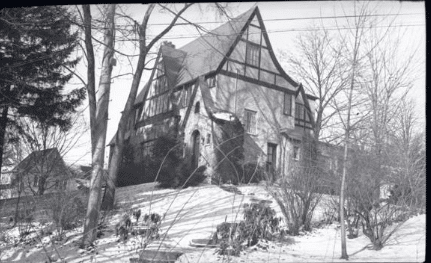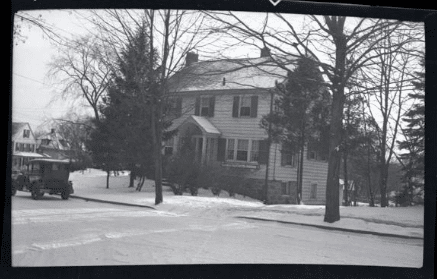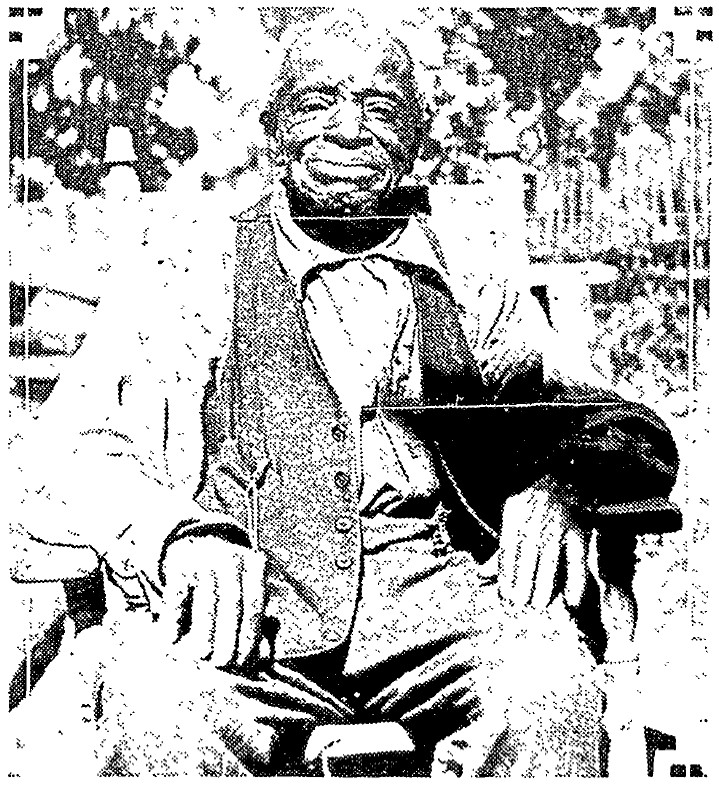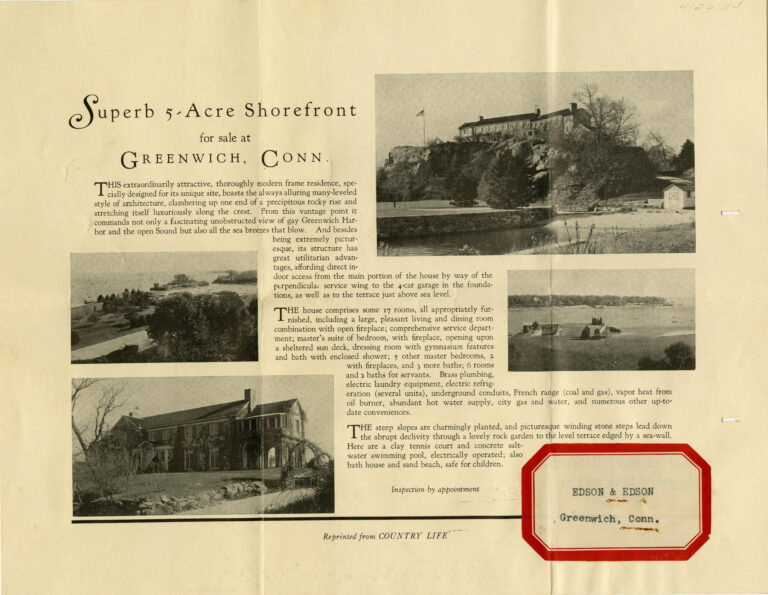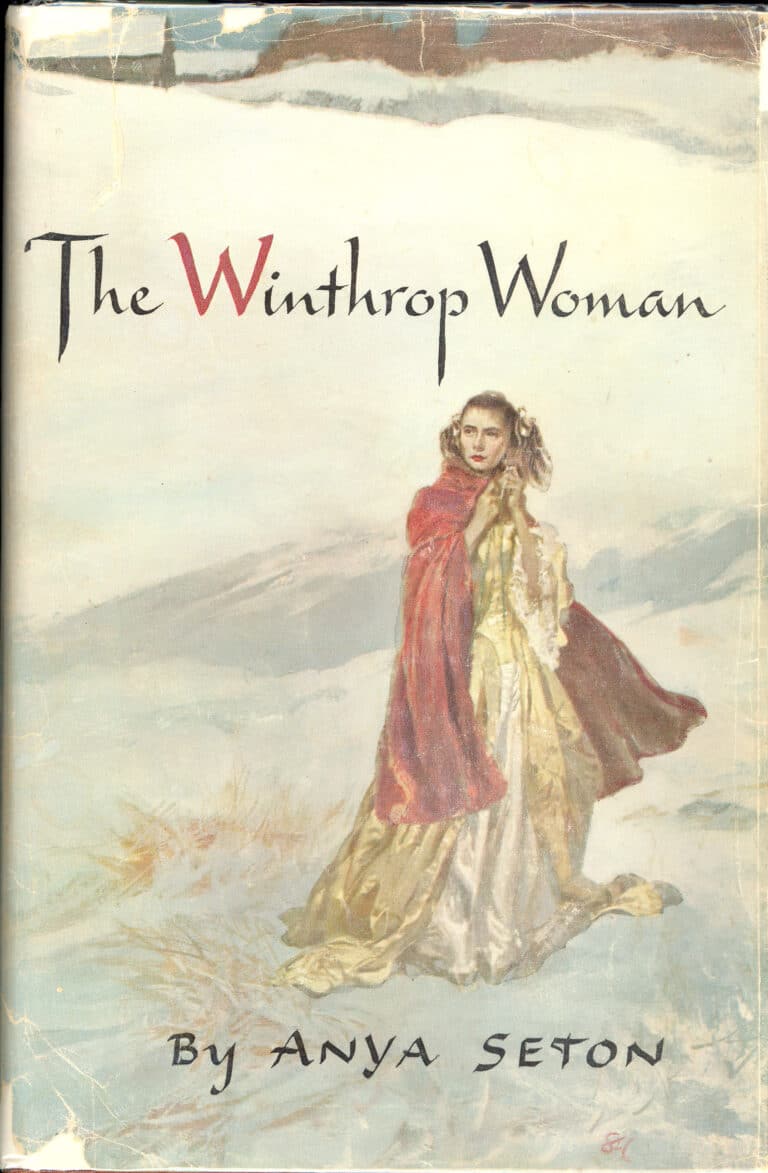Snow can bring up some passionate feelings – nostalgic joy at the sight of falling flakes and the first snowball thrown, or simmering hate for the freezing cold and heavy shoveling. Whatever your feelings towards snow, big snow storms are one of nature’s feats that connect people throughout time in the Northeast. While the shape of the average snow day may have changed over the last 150 years, the spirit of the struggles and joys has remained largely the same.
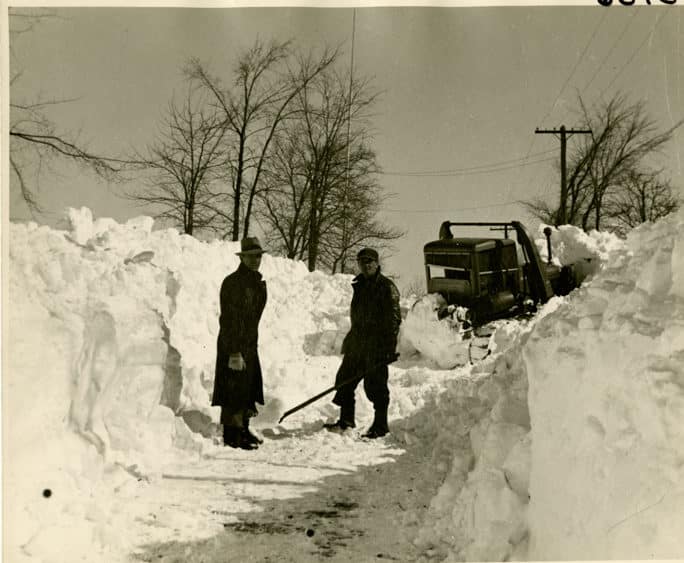
Many Greenwich residents have memories of the harsher winters in recent decades, including the towering piles of snow in 2011, the record-setting winter of 1995-96, and perhaps even the state-closing storm of 1978. But the town’s earlier blizzards have faded from the community’s memory, preserved primarily in the archives of photos and newspapers. Major storms buried the town in snow in 1888, 1934, and 1947, with the Blizzard of 1888 holding the title of largest recorded storm in Greenwich history.

By one account, more than 40 inches of snow fell over the course of four days and three nights during the 1888 storm. Train and trolley routes were halted, roads were piled high with snow, and some families were snowed-in for days before their houses could be dug out. The snow came without any warning other than the biting cold, and some families had little to eat at home in a time before commercial refrigerators were available and daily grocery shopping was common. When the snowfall finally stopped, oxen pulled sleds of men with shovels and picks to dig the town out of the drifts. In fact, the storm was so intense that for many years it was a common topic of conversation, coming up in newspaper articles whenever a big storm hit; in 1896, the Greenwich Time printed, “Saturday, March 14, 1896 – Eight years ago this week occurred the greatest snow storm of the century, and whenever we have a day in March that the snow flies vigorously, the blizzard of that year is brought vividly to mind.” But with the coming of the 20th century and the technological revolution, the tales of past blizzards would transition from reminiscences to novelties as the face of snow days changed drastically.

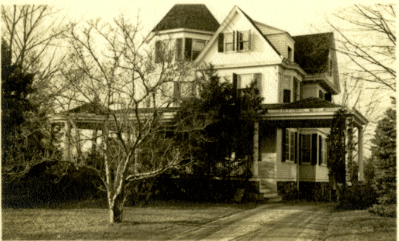
The worry and even terror that those previous storms could incite was caused largely by the lack of widely-distributed weather forecasting. When the snow started piling up, there was no reliable way of knowing how much would accumulate or how long the storm would last. While some warnings started showing up in newspapers in the early 1900s, Greenwich had its own local weather observer who kept residents updated. Robert M Wilcox, the town’s tax collector, first started reporting on the weather in 1929. From his home at 159 West Putnam Avenue, Wilcox would record the temperature and measure the accumulation of any precipitation, and his findings often made it into the papers. One article in January of 1937 noted that, “Twenty-nine degrees was registered by Tax Collector Robert M. Wilcox, unofficial Greenwich weather observer, overnight, with a drop of one degree to twenty-eight since. Mr. Wilcox believes the storm of a lasting nature because of its origin in the northeast” (Greenwich Time, January 1937). These extremely local, up-to-date findings meant that Greenwich could be prepared for big storms.
Tracing how the town dealt with snow over the years also illuminates the evolution and vital importance of transportation. After the blizzard of 1888, snow was shoveled from the sidewalks of Greenwich Avenue into the middle of the road itself, where it would pose little difficulty for sleighs, making the shops accessible to foot traffic. Even into 1920, when cars were fast becoming an established part of society, Greenwich repeated this course of action: “The snow which was shoveled from the sidewalks along Greenwich avenue [sic] into the street following the big snow storm of last week, making it impossible for automobiles to be driven in front of the several stores, was removed early this week at the expense of the different merchants. It was carted away in dump wagons” (Greenwich Time, January 1920) Today, clearing the roads is often the first and highest priority in snow-covered areas.

For one observer of the 1888 blizzard, reflecting on his experiences during that storm and how they differed from the 1920 winter that he was currently living through, these changes constituted a great loss. He felt that the modern generation had no sense of winter’s true enjoyments, and that there was no better fun than the sleighing and sledding of his youth. The observer summarized the transformation succinctly: “And now a horse and sleigh to many is a curiosity. Why the other day, just after the storm, one or two went along the street and were objects of as much curiosity, to many, as the automobile was twenty years ago to us all.” However, even if we now have snow-day calculators, vehicles with all-wheel drive, and plastic spaceship sleds rather than toboggans, the joy of a snow day, of snowball fights, building snowmen, and warm winter beverages remains much the same. And to the 1920 observer who said that “… the real old time sports are gone, never to return,” the kids speeding down the sledding hill in Glenville, rocketing off their homemade jumps, would beg to differ.
Many of the images in this post have been recently digitized thanks to a grant from the Institute of Museum and Library Services. The Greenwich Historical Society’s Archival team is currently working on digitizing over 20,000 images across multiple collections, ensuring their preservation and accessibility for current and future Greenwich residents. This work is made possible by the IMLS grant.


